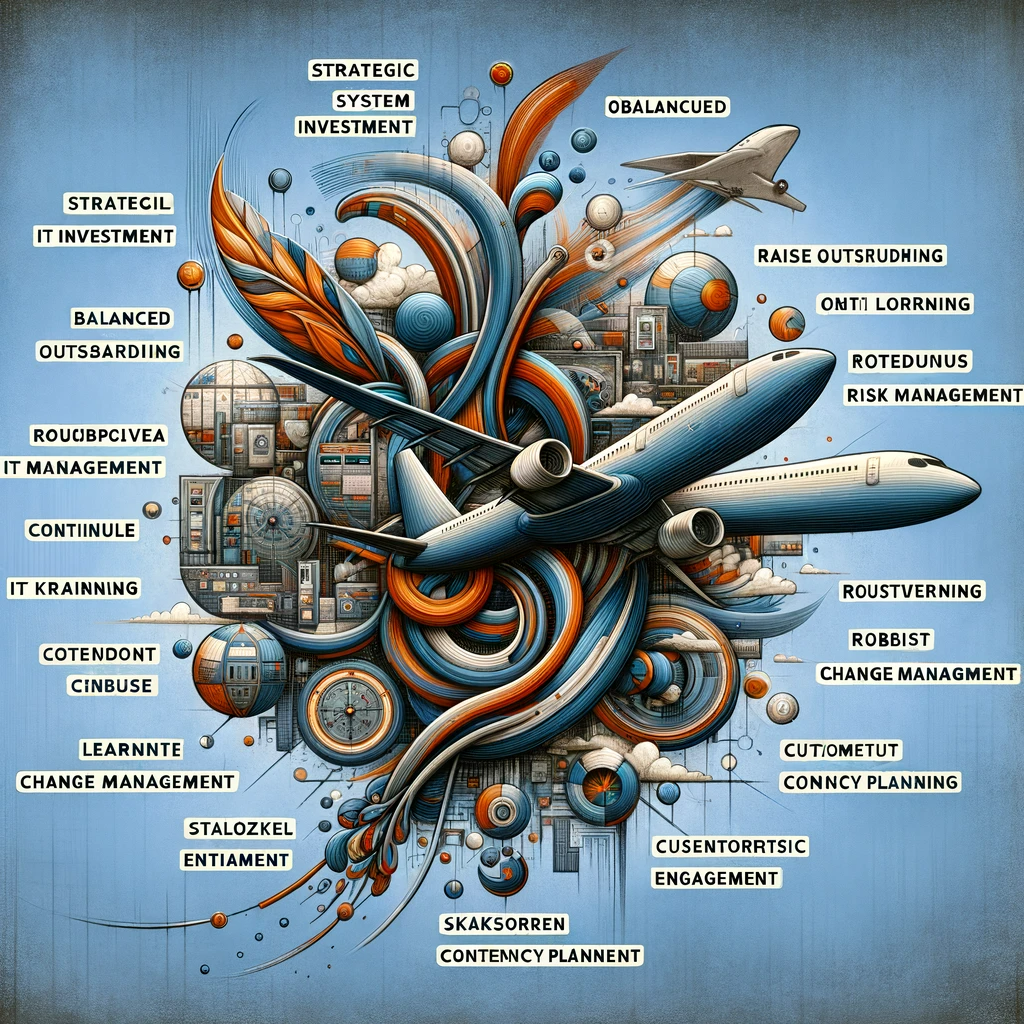Understanding System Archetypes in Complex Situations

In our increasingly interconnected world, understanding the dynamics of complex systems is vital. System Archetypes, a concept derived from systems thinking, are patterns of behavior commonly seen in various organizational and social systems. These archetypes help us understand and predict outcomes in complex situations arising from actions, reactions, side effects, and feedback loops. Let’s explore some of these archetypes to better grasp how they operate in real-world scenarios.
1. Balancing Process with Delay
Imagine a thermostat set to maintain a room’s temperature at 25 degrees. Ideally, if the temperature rises to 26, the air conditioner increases cooling, and if it drops to 24, it reduces cooling. However, if the system reacts slowly, temperatures may become uncomfortably high or low before correction, illustrating the challenges of delayed response in systems.
2. Fixes that Fail
A common scenario occurs when a solution to a problem introduces new problems. For instance, increasing checklists and reviews to prevent incidents may lead to bureaucratic overhead, reducing actual work time, lowering morale, and eventually leading to a repeat of the same or new incidents.
3. Accidental Adversaries
This archetype occurs when partners or suppliers, initially cooperating for mutual benefit, gradually become adversaries due to reduced trust and cooperation, often triggered by a misunderstanding or mistake. This tit-for-tat deterioration changes a win-win situation into a lose-lose one.
4. Limits to Growth / Growth and Under-Investment
A company may experience growth due to a quality product and effective marketing. However, growth can stall if the company fails to adequately invest in resources, such as hiring experienced team leaders or aligning new hires with company culture, leading to a drop in product quality and growth.
5. Attractiveness Principle
Similar to “Limits to Growth,” this archetype deals with the challenges of trying to excel in all aspects (price, speed, quality) with limited resources. A business may initially succeed but soon hits limits in one or more areas, leading to a need to prioritize certain areas over others.
6. Success to the Successful
In this scenario, a successful unit within a company receives more resources, increasing its chances of further success. Conversely, less successful units get fewer resources, perpetuating their lack of success. This cycle can create significant imbalances within an organization.
7. Tragedy of the Commons
This archetype highlights the overuse of a shared, limited resource leading to its depletion. Examples include environmental resources like air and water or digital commons like internet bandwidth or social media platforms.
8. Drifting Goals
Organizations often lower less-monitored goals under pressure, such as compromising quality to meet budget and schedule targets. This short-term solution can lead to long-term consequences, like reduced customer satisfaction due to lower quality.
9. Escalation
Here, solutions implemented by one party lead to countermeasures by others, akin to an arms race. For example, a company offering discounts may lead competitors to do the same, eventually eroding profit margins for all involved.
10. Shifting the Burden
This archetype involves applying quick fixes to meet deadlines, creating “technical debt.” These solutions may address immediate needs but make future maintenance more challenging and costly.
Conclusion
Recognizing these System Archetypes in organizations and societal systems can provide valuable insights. By understanding these patterns, we can anticipate potential problems and develop more effective strategies for dealing with complex, dynamic situations. It’s not just about finding immediate solutions but about understanding the broader system dynamics to create sustainable, long-term success.